Which of the following represents the reduction potential of silver wire dipped into 0.1MAgNO solution at 25∘C:-
E∘red
(E∘red+0.059)
(E∘OX−0.059)
(E∘red−0.059)
The correct Answer is:D
To determine the reduction potential of a silver wire dipped into a 0.1 M AgNO₃ solution at 25°C, we can follow these steps:
1. Identify the Reaction:
The reduction half-reaction for silver ions (Ag⁺) gaining electrons to form solid silver (Ag) is:
Ag++e−→Ag
2. Standard Reduction Potential (E⁰):
The standard reduction potential (E⁰) for the above reaction is +0.80 V. This value is typically found in standard electrochemical tables.
3. Determine the Number of Electrons (N):
In this reaction, one electron is involved in the reduction of one silver ion. Therefore, N = 1.
4. Use the Nernst Equation:
The Nernst equation relates the cell potential (E) to the standard reduction potential (E⁰) and the concentration of the ions involved:
E=E0−0.059Nlog(1(Ag+))
Here, (Ag⁺) = 0.1 M.
5. Substituting Values into the Nernst Equation:
Plugging in the values, we have:
E=0.80V−0.0591log(10.1)
6. Calculating the Logarithm:
log(10.1)=log(10)=1
7. Final Calculation:
Now substituting back into the equation:
E=0.80V−0.059×1
E=0.80V−0.059V=0.741V
8. Conclusion:
The reduction potential of the silver wire dipped into a 0.1 M AgNO₃ solution at 25°C is approximately 0.741 V.
The reduction half-reaction for silver ions (Ag⁺) gaining electrons to form solid silver (Ag) is:
Ag++e−→Ag
The standard reduction potential (E⁰) for the above reaction is +0.80 V. This value is typically found in standard electrochemical tables.
In this reaction, one electron is involved in the reduction of one silver ion. Therefore, N = 1.
The Nernst equation relates the cell potential (E) to the standard reduction potential (E⁰) and the concentration of the ions involved:
E=E0−0.059Nlog(1(Ag+))
Here, (Ag⁺) = 0.1 M.
Plugging in the values, we have:
E=0.80V−0.0591log(10.1)
log(10.1)=log(10)=1
Now substituting back into the equation:
E=0.80V−0.059×1
E=0.80V−0.059V=0.741V
The reduction potential of the silver wire dipped into a 0.1 M AgNO₃ solution at 25°C is approximately 0.741 V.
Topper's Solved these Questions
- BOOK - ALLENCHAPTER - ELECTROCHEMISTRYEXERCISE - EXERCISE-0236videos
ELECTROCHEMISTRY
- BOOK - ALLENCHAPTER - ELECTROCHEMISTRYEXERCISE - EXERCISE-0324videos
ELECTROCHEMISTRY
- BOOK - ALLENCHAPTER - ELECTROCHEMISTRYEXERCISE - INTEGER TYPE18videos
ELECTROCHEMISTRY
- BOOK - ALLENCHAPTER - CHEMISTRY AT A GLANCEEXERCISE - ORGANIC CHEMISTRY483videos
CHEMISTRY AT A GLANCE
- BOOK - ALLENCHAPTER - HYDROCARBONEXERCISE - MCQ15videos
HYDROCARBON
Similar Questions
(i) Give three differences, between EMF and Potential difference.
Calculate the electrode potential of a copper electrode dipped in 0.1 M CuSO4 solution at 25∘C.View SolutionWhat is the single electrode potential of a half-cell for zinc electrode dipping in 0.01 M ZnSO4 solution at 25∘C ? The standard electrode potential of Zn/Zn2+ system is 0.763 volt at 25∘C.
View Solution
Knowledge Check
- Question 1 - Select One
The electrode potential of a silver electrode dipped in 0.1 M AgNO3 solution at 298K is
(E∘ red of Ag =0.80 volt)A0.0741 VB0.0591 VC0.741 VD0.859 V - Question 2 - Select One
Which of the following curve represents the variation of λm with √C for AgNO3?
A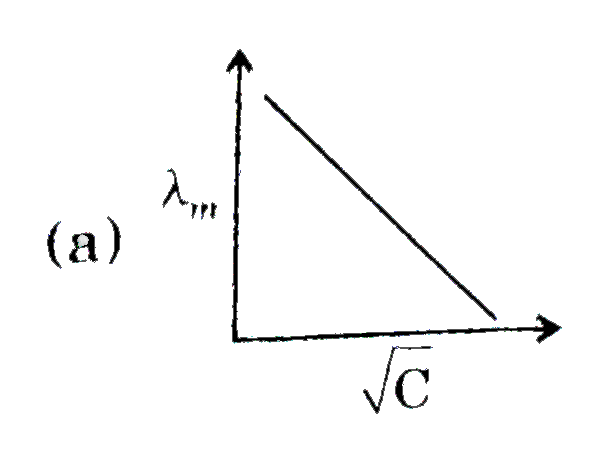 B
B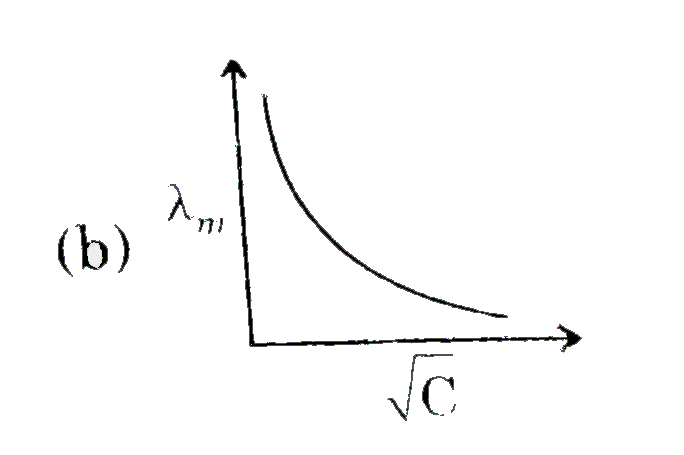 C
C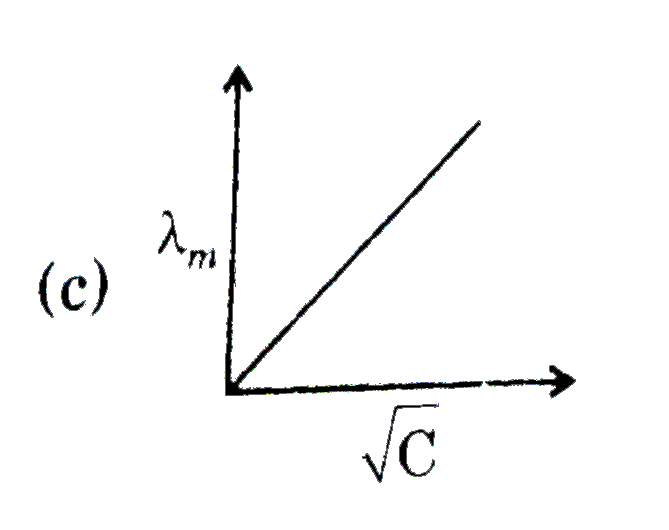 D
D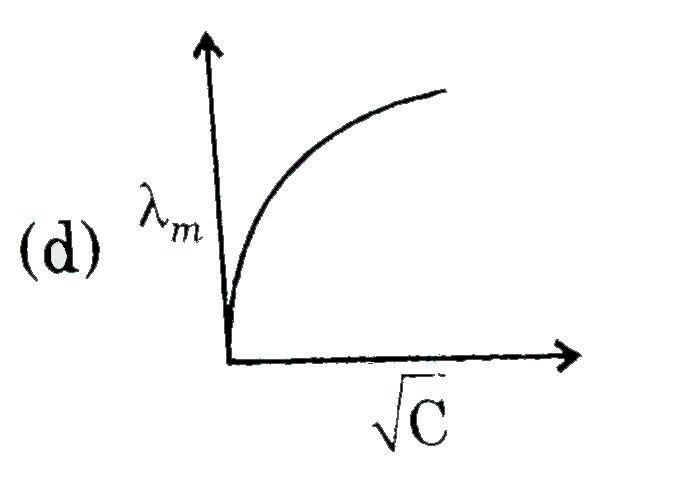
- Question 3 - Select One
Which of the following curve represents the variation of λM with √C for AgNO3?
A B
B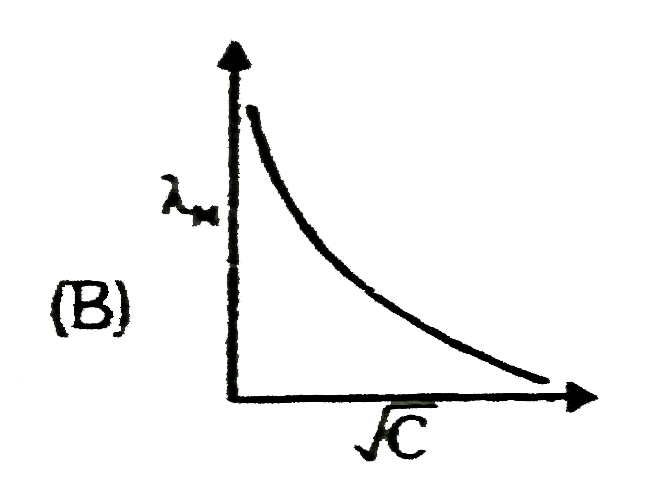 C
C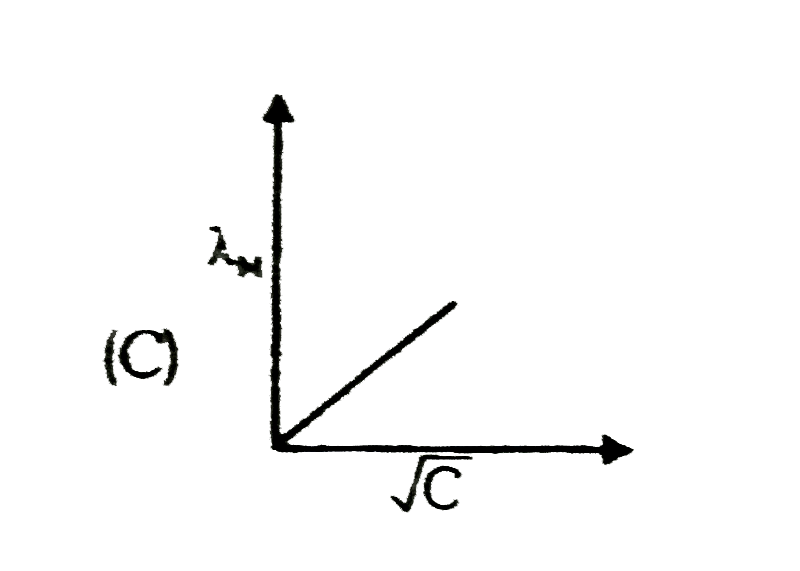 D
D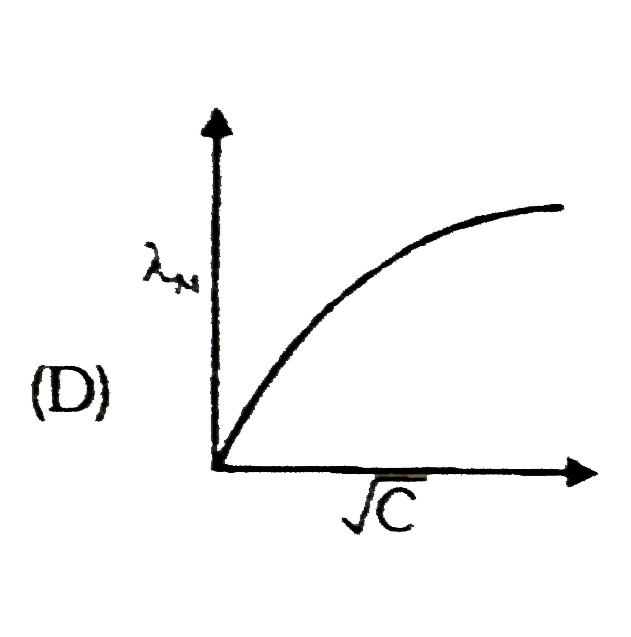
Calculate the electrode potential of a copper wire dipped in 0.1M CuSO4 solution at 025∘C. The standard electrode potential of copper is 0.34 Volt.
View SolutionCalculate the electrode potential of a copper wire dipped in 0.1M CuSO4 solution at 025∘C. The standard electrode potential of copper is 0.34 Volt.
View SolutionAt 25∘C, after the addition of 110mL of 0.1NaCI solution to 100mL of 0.1NAgNO3 solution, the reduction potentila of a silver electrode placed in it is 0.36V. Calculate the Kspof AgCI. (Given: EΘAg/Ag⊕=−0.799V).
View SolutionWhich of the following pairs will give displacement reactions?
View SolutionWhich of the following pairs will give displacement reactions?
View Solution

